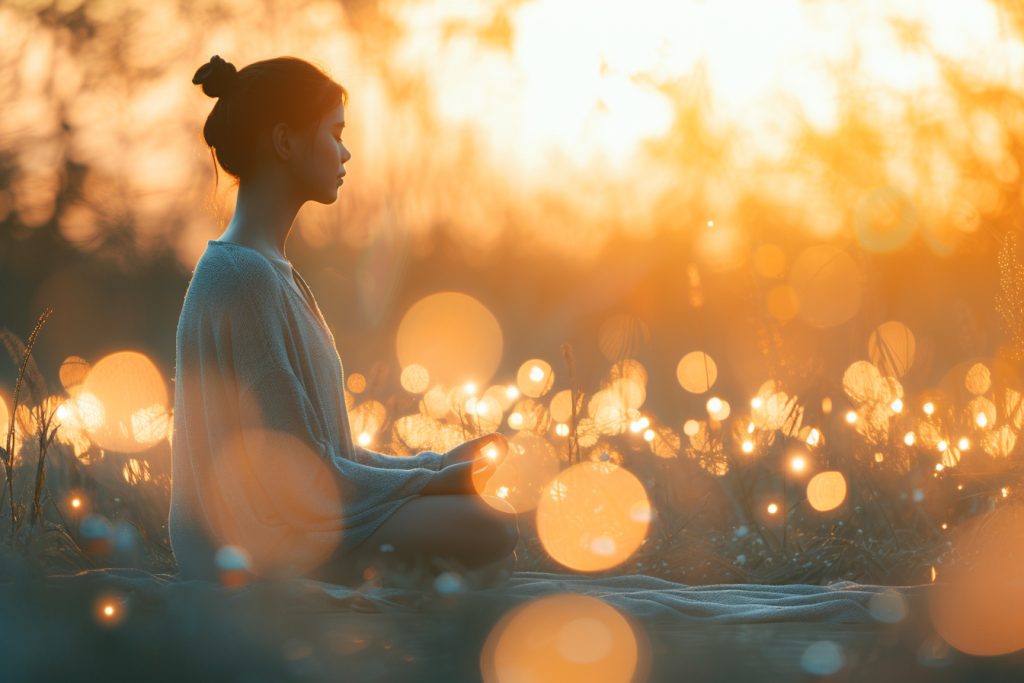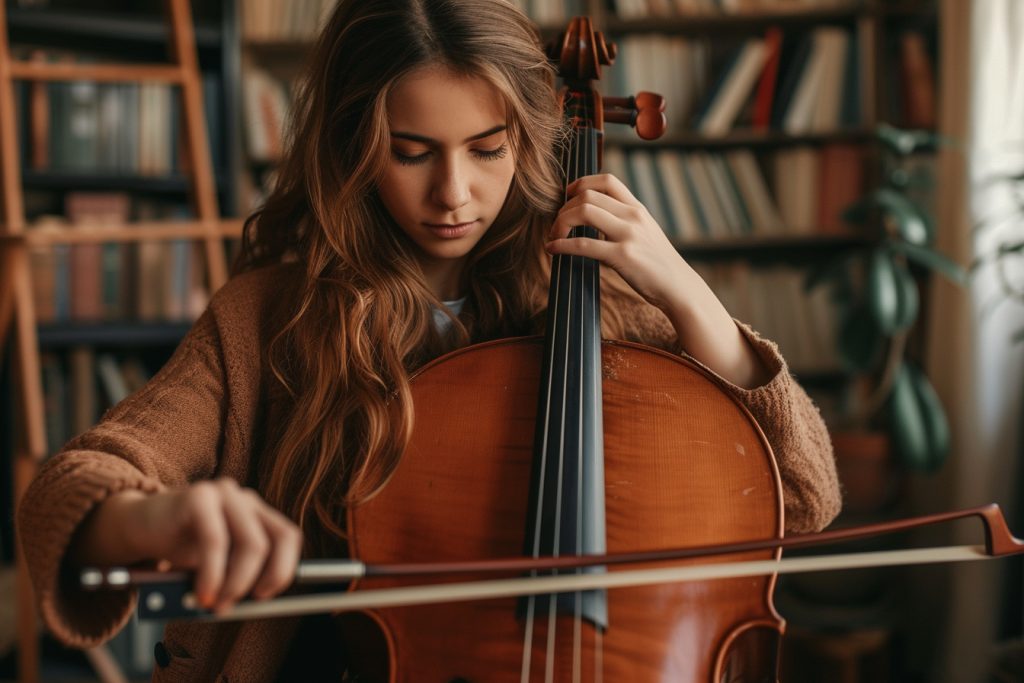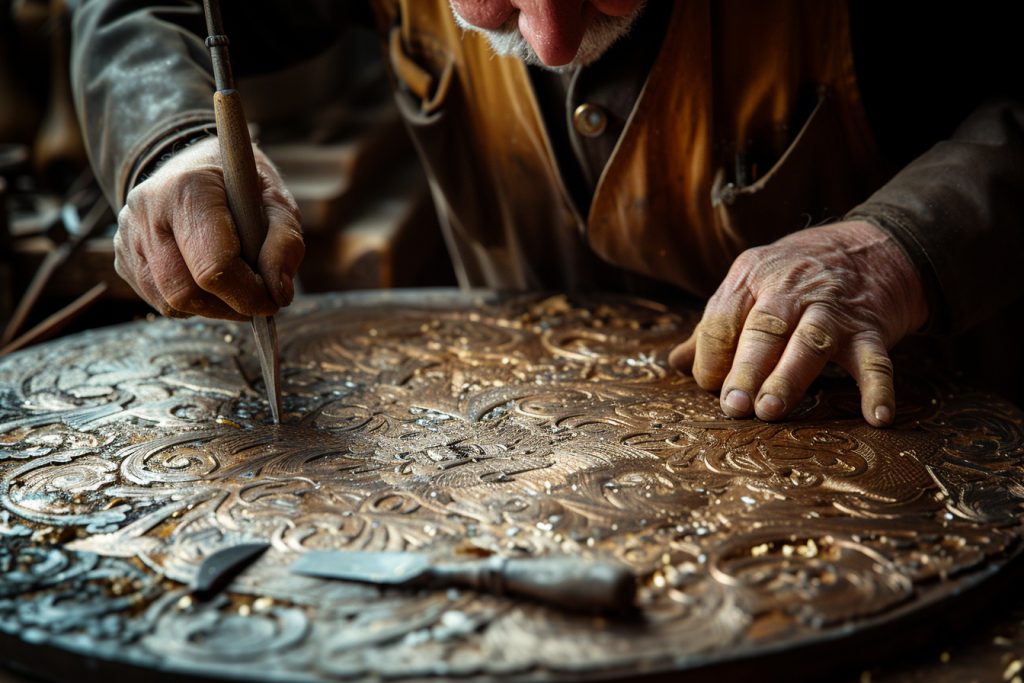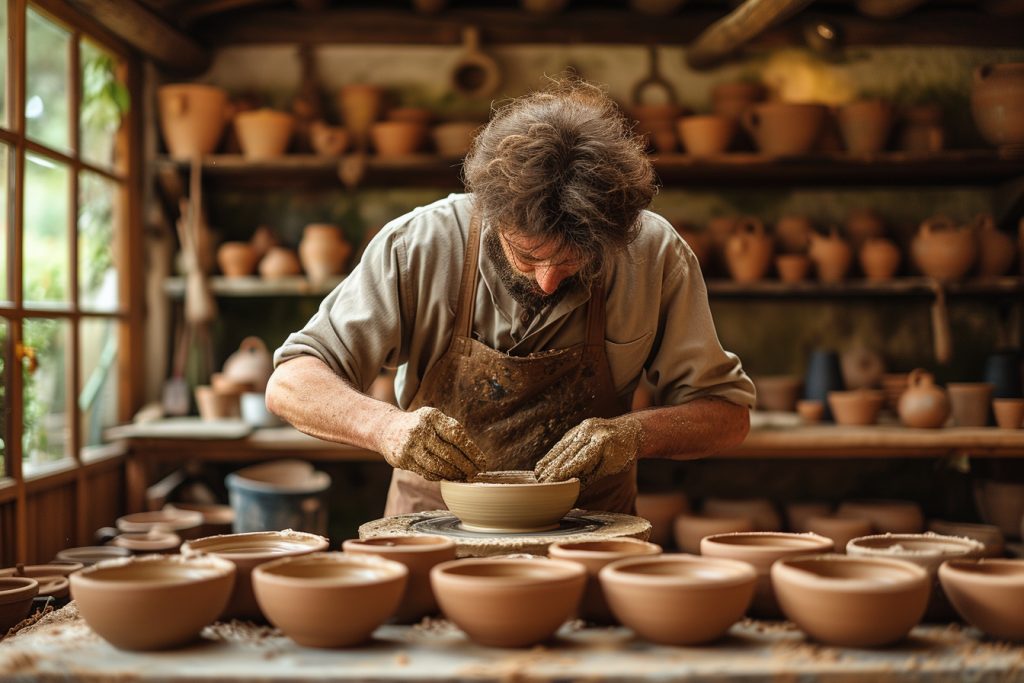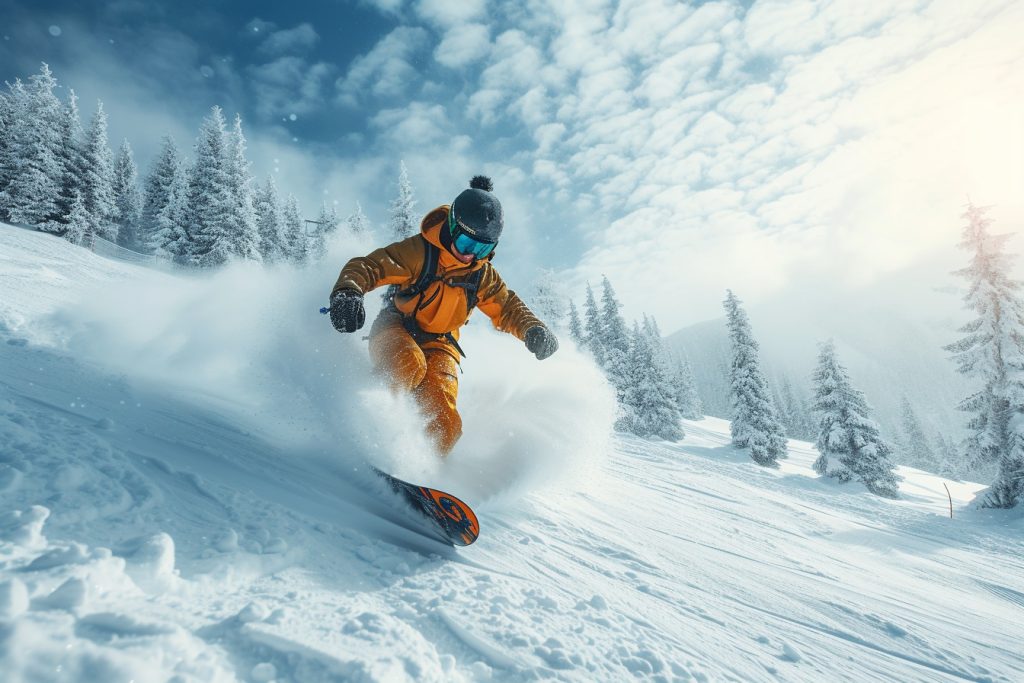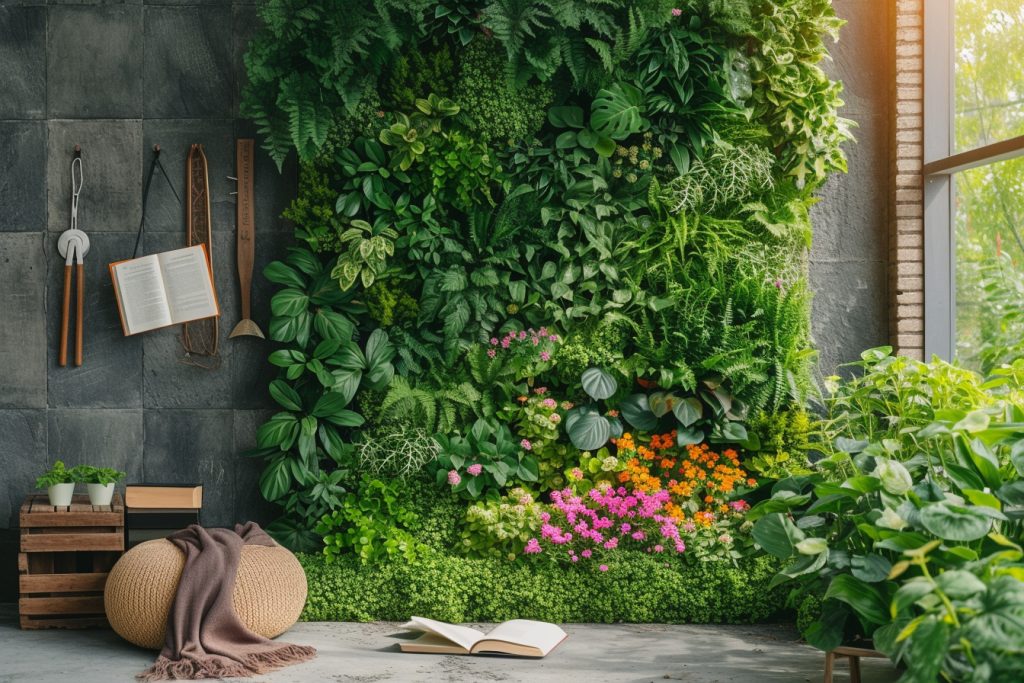Street photography, an enthralling form of art that captures everyday life and human stories in the urban jungle, requires a blend of technical skill, creative vision, and social intuition. If you’re looking to immortalize the pulse of city life through your lens, the following techniques will infuse energy and narrative power into your urban shots.
The right gear for the streets
Getting started in street photography doesn’t require the most expensive equipment; instead, emphasis should be placed on versatility and discretion. A camera that allows for quick adjustments and doesn’t draw unwanted attention is your best ally. Opt for a smaller, quieter camera – such as a mirrorless or a compact system – which allows you to blend into the crowd.
Lens selection
Selecting the right lens is pivotal. A prime lens with a 35mm or 50mm focal length is often revered by street photographers for its close approximation to the human eye field of view. These lenses are typically fast, light, and unobtrusive, enabling you to capture candid moments without intimidating your subject.
Understanding light and shadow
Mastering the light plays a crucial role in how your street photography is perceived. Morning and late afternoon light can create an engaging interplay of shadows, enhancing the drama of your compositions. Train your eye to spot interesting patterns and contrasts. Overcast days may offer softer light which can provide a completely different aesthetic.
Dynamic range mastery
Manage dynamic range effectively by exposing for the highlights to avoid blowing out bright areas, thereby retaining detail and allowing the shadows to naturally deepen. Many cameras offer a "highlight alert" feature to help with this.
Composition techniques
Composition is paramount in creating visually compelling images. Harness the power of compositional tools such as the rule of thirds, leading lines, and framing to guide the viewer’s eye through the scene.
Adding depth and scale
Incorporate elements of foreground, middle and background into your shots to create a sense of depth. Use people, street signs, or other urban elements to give a sense of scale and anchor your composition.
Capturing the decisive moment
Coined by Henri Cartier-Bresson, the "decisive moment" is the split second when all the elements of the scene come together in perfect harmony. Anticipation is your greatest tool here. Observe patterns and behaviors that suggest something is about to happen, poised to capture it.
The serendipity of chance
Embrace unpredictability as street photography often thrives on the serendipitous. Be open and ready to capture the unexpected interactions or coincidences that make an image memorable.
The human element
Subjects in street photography are what infuse the genre with emotion and storytelling. Focus on expressions, gestures, and interactions that communicate human experiences. Always respect people’s privacy, and if possible, aim to photograph individuals in public spaces where they have no expectation of privacy.
The art of invisibility
Develop an unobtrusive approach to not disturb the scene. Move calmly and confidently, dress inconspicuously, and avoid any disruptive behavior that might alter the natural flow of the streets.
Engage with your environment
Engagement with the environment can present opportunities that mere observation might miss. Conversations with locals can lead to insights about the heartbeat of the city and potentially to unique photo opportunities.
Be part of the scene
Sometimes, immersing yourself into the scene brings forth a more intimate perspective. Sitting at a café or riding public transport can present candid moments unseen from a distance.
Legal considerations and ethics
Know the laws and regulations concerning photography in public spaces in the cities you shoot. While street photography is generally lawful in public places, specific regulations regarding the use of someone’s likeness for commercial purposes might apply.
The ethical compass
Carry a strong ethical compass with you. Avoid exploiting vulnerable subjects for the sake of art, and consider the impact of your images on the people portrayed in them.
Editing and post-processing
Post-processing your images can bring out the story you’re trying to tell. Adjust contrast, sharpness, and cropping to refine the composition and direct focus. Black and white conversions can often strengthen a photo’s narrative by stripping away the distractions of color.
Developing a consistent style
Your editing process can also serve to develop a style that is distinctly yours. Consistency in editing enhances your personal brand as a photographer and makes your work recognizable.
Continuous learning and practice
Above all, the street photographer’s journey is one of perpetual learning. Regular practice, combined with self-critique and learning from peers, will elevate your craft.
Street photography projects
Working on themed projects can sharpen your focus and result in a more coherent body of work. Whether it’s focusing on urban architecture, street performers, or night scenes, projects challenge you to delve deeper into your subject matter.

Street photography offers an exhilarating platform to document the theatre of life that continuously unfolds on the sidewalks and crossroads of our cities. By mastering the techniques above, you can create thought-provoking, emotive, and captivating urban shots that will not only preserve moments in time but also tell the stories of the streets with authenticity and depth. The streets are an ever-changing collage of human emotions, architecture, and light – a canvas ready for your creative imprint. Take your camera, hit the pavement, and let the city’s rhythm guide your lens.



